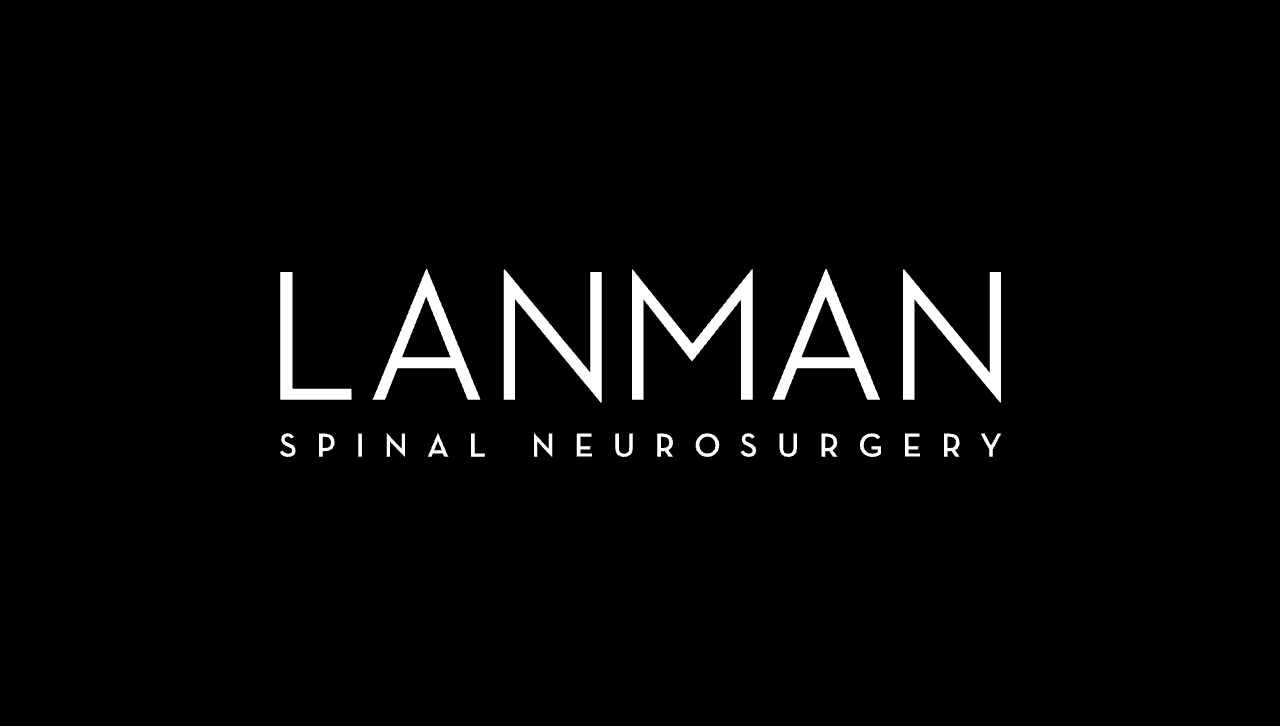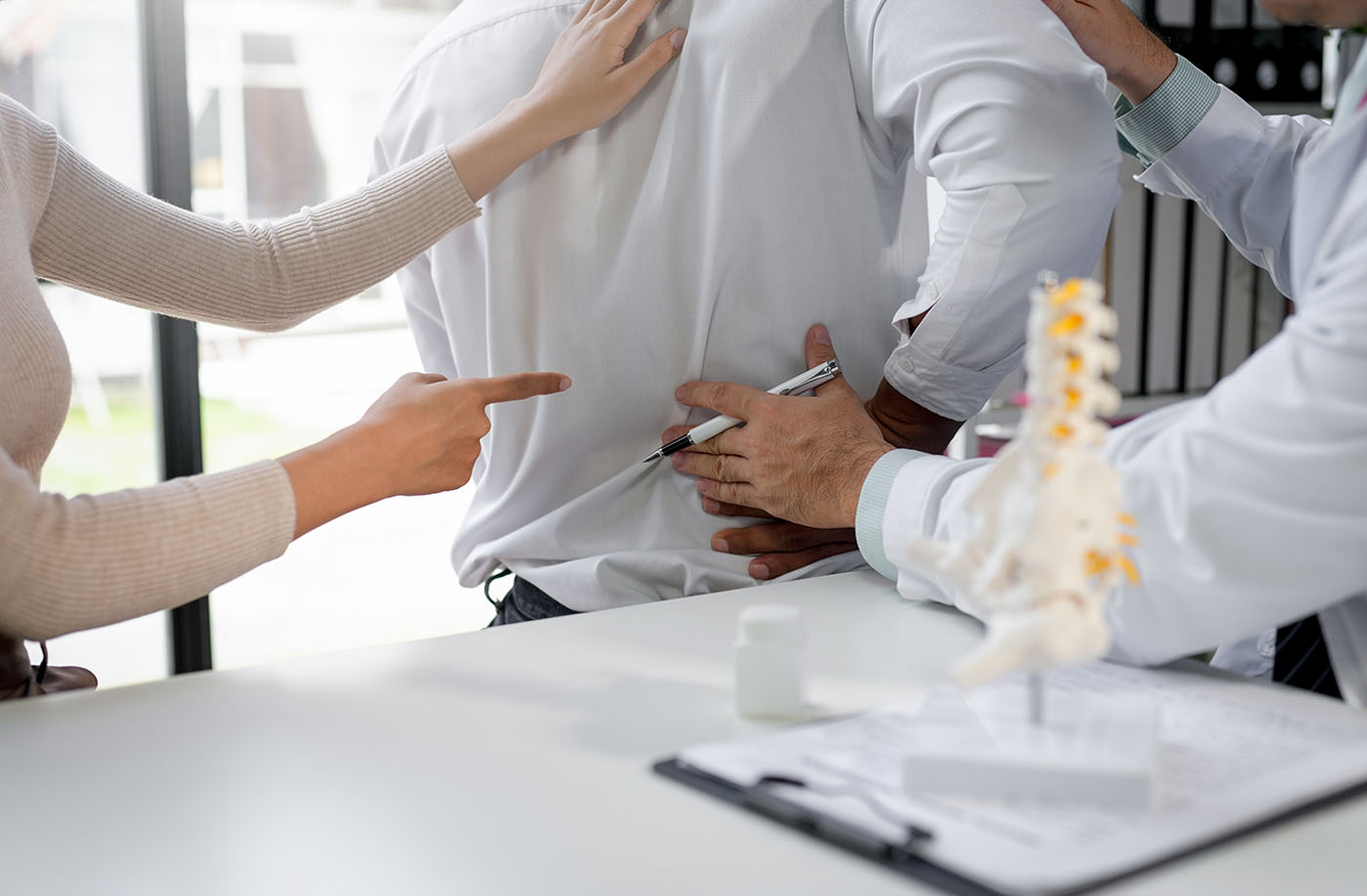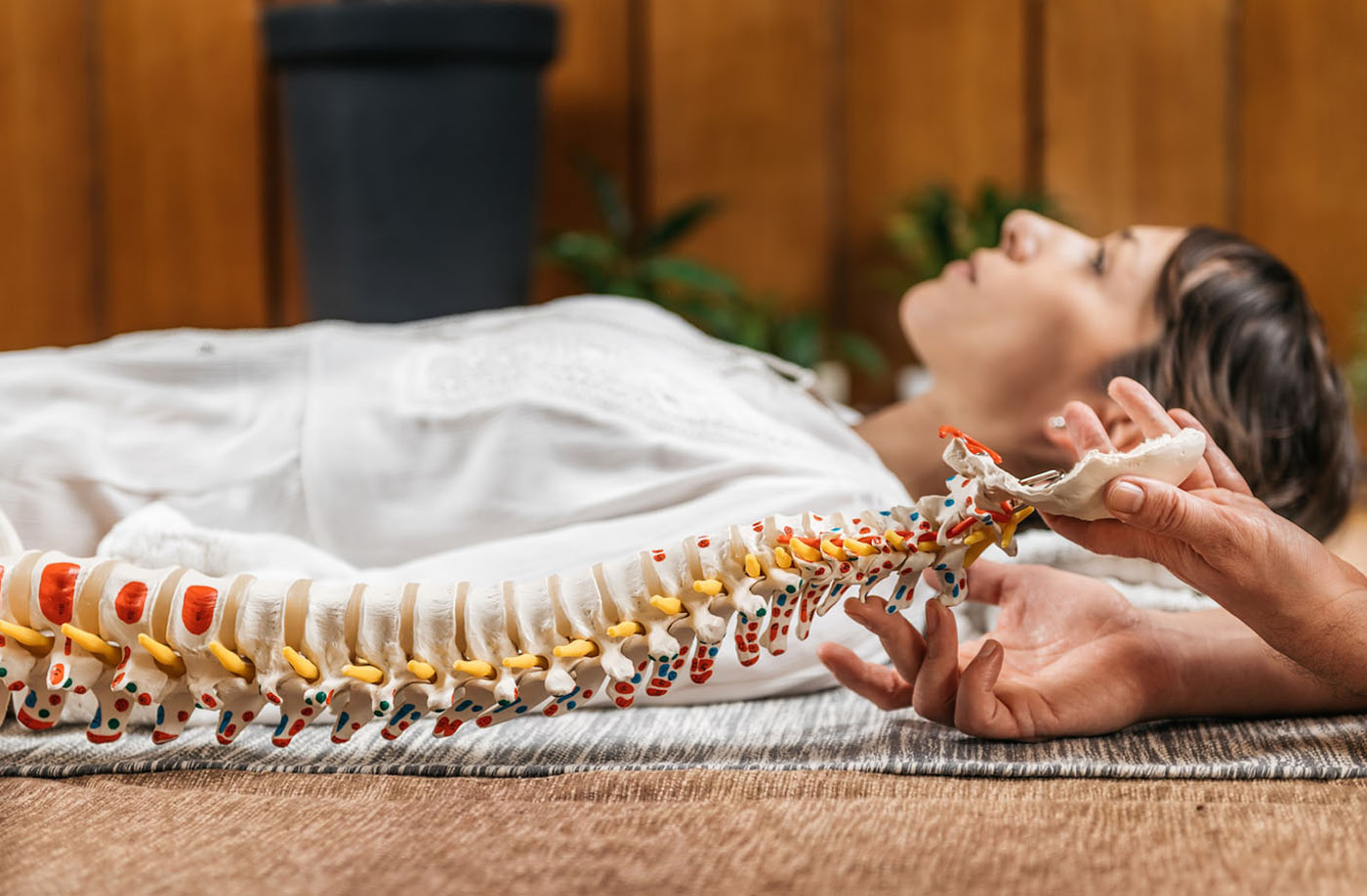Surgical technology is constantly evolving with the goal of becoming less invasive and more effective. Historically, discectomies were highly invasive procedures that required surgeons to open the back with large incisions. Recovery times sometimes lasted several months and patients often still had back pain.
Modern innovations have changed this. Microdisectomies are less invasive and affect fewer parts of the spine. These surgeries only target the problematic discs that are causing pain.
If you live with lower back pain because of a herniated or damaged disc, you might be a candidate for a lumbar microdiscectomy. Learn more about this procedure, the potential risks, and the benefits that come with it.
What is a Lumbar Microdiscectomy?
Medical terminology can be complicated for people who don’t work in the field, so one of the best ways to break down a procedure is to look at each individual word related to it. Here’s what you need to know about the etymology of a lumbar microdiscectomy:
Lumbar: related to the lower region of the back, otherwise called your lumbar spine. This is opposed to the cervical region, which includes the vertebrae around your neck.
Micro: small. This refers to how the surgery is more targeted to the problem area rather than a general operation.
Disc: the cushions that sit in between your vertebrae and prevent them from knocking against each other. Your spinal discs work as shock absorbers while making movement easy and painless.
Ectomy: the surgical removal of a part of the body.
When you experience a break or herniation in the lumbar region of your spine, your surgeon might recommend removing the problem disc. Instead of removing the whole disc, they might only target the broken or bulging area, removing the problem parts. This is the difference between a microdiscectomy, which only removes a small bit of the disc, and a standard discectomy which removes the entire thing.
What are the Risks of Lumbar Microdiscectomy?
A microdiscectomy is a minimally-invasive procedure, which can reduce the risk of infection while also reducing your recovery time. However, any operation comes with risks. Your doctor should be able to review the potential risks that come with having a lumbar microdiscectomy and how to prevent them. A few concerns related to this procedure include:
Nerve injury, which causes weakness, numbness, and increased pain
Infection or postoperative bleeding at the incision site
Blood clots
Pneumonia
Worsening pain over time
Loss of bowel or bladder control
Failure in the surgery which might require additional operations to repair the damage
Many of these risks are out of your control; however, there are some steps you can take to increase your chances of a positive result. First, make sure you work with a trusted surgeon. Dr. Todd H. Lanman is one of the most experienced spinal surgeons in the country. Patients ranging from professional athletes to celebrities trust him with their back issues. He works to ensure his patients maintain their range of motion while reducing their back pain.
Talk to your doctor about any medical conditions you have or are recovering from. For example, people who have scoliosis (or who have had it in the past) might not be candidates for microdiscectomy. Your doctor should be able to go over the risks of developing herniated discs after this procedure if you have scoliosis.
Next, follow your doctor’s recovery guidelines. You can reduce your risk of infection and postoperative complications by resting, taking any prescribed medications, and quitting smoking. Don’t try to return to work too soon after your procedure.
Finally, follow up with the doctor if your pain levels don’t improve or other complications arise. The sooner your doctor knows something is wrong, the sooner they can intervene.
The Benefits of Lumbar Microdiscectomy for Patients
A microdiscectomy is meant to target the source of pain or discomfort in your lower back or legs. When the protective discs between your vertebrae break or get pushed out of place, they might hit the nerve canal that runs along your spinal cord. This could be the source of your back pain, but it could also be the reason you feel tingling in your legs and buttocks region. Each time nerves travel up or down your spinal cord, they hit this damaged disc along the way.
Most patients who undergo a lumbar microdiscectomy report lower pain levels in their back, butt, and legs. Any tingling or numbness they experienced might go away. Throughout this process, patients retain their mobility so they can return to work and pursue the hobbies they enjoy. In fact, with reduced pain levels, patients are more likely to be able to take on new hobbies they have wanted to try.
Every patient is different and there is no guarantee that your pain levels will be completely gone after the surgery. However, the majority of patients who opt for a lumbar microdiscectomy notice improvements in how they feel after they heal from surgery.
What is the Procedure Like?
A lumbar microdiscectomy is an outpatient procedure, which means you won’t have to check into a hospital or stay overnight to recover. Instead, you will check in to your surgeon’s office. The procedure usually only takes a few hours and you will not be awake during this time. After you wake up and the nursing staff feels like you are ready to leave, a loved one can take you home to complete the recovery process.
While you are under general anesthesia, the surgeon will make a small incision either in your back or through your abdomen.
Modern tools enable doctors to operate through a series of tubes and use a camera that displays your damaged discs on a screen. With this technology, there will be minimal scarring and bleeding during the procedure. Your doctor will identify the broken pieces of the disc or the protruding part that is bothering you. They will then remove this part.
The difference between a microdiscectomy and a standard discectomy is that only the problematic part is removed with a micro procedure. This means most of the disc remains in place and your surgeon doesn’t need to add an artificial disc to replace it.
Once the damaged disc pieces are removed, your surgeon can close the incision with a few stitches. They will then move you to the recovery area until you wake up and are able to leave.
Relief for Back Pain
Your doctor should give you recovery guidelines following the surgical procedure. The first thing to know is that recovery will take time. You will need to avoid lifting heavy objects for the first month after your procedure. Your doctor might approve minimal exercises, like walking and swimming. They might also prescribe anti-inflammatory and pain medication to help with the healing process.
However, over time, you will notice that your pain levels are lower than they were if the operation was successful. From here, you can take a more preventative route to avoid back pain and damaged spinal discs in the future. A few healthy habits you can take on include:
Invest in good back support for your job. This could include a chair with lumbar support if you have a desk job or a back brace if your stand for longer periods of time and lift heavy items.
Take up low-impact exercises you enjoy. Try out activities like biking, swimming, and pilates that you are excited about and help you get moving. If you actually like your workouts, you are more likely to do them.
Practice daily stretches and physical therapy exercises. You can do these activities while you watch TV or listen to your favorite podcast to make them more enjoyable.
Avoid unhealthy habits. Don’t start smoking again just because your surgery is over. Also, try to eat a balanced diet and maintain a healthy weight.
Don’t overdo it. Know what your body is capable of and know when you need help. You could do more damage to your back by putting excess strain on it over time.
Additionally, talk to your doctor if you start to feel pain again or if it starts to get worse. Early intervention is key in treating back pain. By communicating with your doctor, you might be able to stop the pain from getting worse without needing surgery.
Meet With Dr. Lanman to Treat Your Back Pain
Your spine is an essential part of your skeletal and nervous systems. It helps support your body while spreading information through your nerve canal. When something is wrong in your spine, any activity can leave you in pain. Dr. Lanman is here to help. He will work to diagnose the issue and develop comprehensive treatment plans to relieve your pain. He is the ally you need to maintain your mobility and comfort.
Request a consultation with Dr. Lanman today. You can make an appointment in his Beverly Hills, Miami, or Palm Beach offices.







